Now is one of the most important times of year to keep birds safe by reducing non-essential lighting at night and treating window glass so birds can see it and avoid deadly collisions.
Tag: Cornell
Early Spring, Earlier Nesting Birds
The NestWatch project at the Cornell Lab of Ornithology documents when and where birds are nesting. The evidence from recent years shows that birds are nesting weeks earlier than they used to and this spring may be no exception.
Join the 37th Season of Project FeederWatch
The prime directive for Project FeederWatch has been and continues to be gathering data about how bird populations and distributions are changing across the United States and Canada—vital information for conservation.
Captivating Courtship: Leaping for Love
It’s tough to catch the eye of a potential mate when you’re dressed all in black with no fancy feathers to jiggle around. But a tiny bird called the Blue-black Grassquit has found a way. Learn about this fascinating species during the 2023 Paul C. Mundinger Distinguished Lectureship presented by the Cornell Lab of Ornithology.
Birders & AI Push Bird Conservation to the Next Level
For the first time, big data and artificial intelligence (AI) are being used to model hidden patterns in nature, not just for one bird species, but for entire ecological communities across continents. And the models follow each species’ full annual life cycle, from breeding to fall migration to nonbreeding grounds, and back north again during spring migration.
New audio technique used for census of California Spotted Owls in the Sierra Nevada
For the first time, researchers have estimated the Spotted Owl population across the entire Sierra Nevada ecosystem.
As City Heat Rises, Bird Diversity Declines
A study done on 336 cities in China concludes that heat-retaining buildings and paved surfaces are directly related to a loss in bird diversity. It is likely that the patterns documented in this study are occurring in other large cities across the globe that have abundant asphalt, steel, and concrete with little green vegetation
Novel machine-learning method produces detailed population trend maps for 550 bird species
Scientists at the Cornell Lab of Ornithology have developed a novel way to model whether the populations of more than 500 bird species are increasing or decreasing.
City-Dwelling Wildlife Demonstrate “Urban Trait Syndrome”
City life favors species that are adaptable and not too fussy about what they eat, among other characteristics. A worldwide consortium of scientists calls the resulting collection of traits an “Urban Trait Syndrome.”
Watch Baby Birds for the Joy and the Science of It
Spring has arrived officially and brings with it another season of the NestWatch citizen-science project from the Cornell Lab of Ornithology, building its ever more valuable database on nesting birds. NestWatch participants say watching birds raise their young is incredibly rewarding.
FeederWatchers Are More Important than Ever
Project FeederWatch is back—with more ways to participate, more time to participate, and more ways to keep track of who is seeing what, where.
The expanded 36th season of FeederWatch
begins November 1 and ends April 30, 2023.
New Course Helps Awaken Curiosity About Nature
Adults who want to connect kids with nature now have some expert guidance, thanks to a new online course from Bird Academy, the e-learning arm of the Cornell Lab of Ornithology. “Let’s Go Outside: How to Connect Kids with Birds and Nature,” contains six lessons with dozens of field-tested activities to reduce screen time for kids and boost their curiosity about the natural world.
California Condor Chick Hatches on Live “Condor Cam”
A brand-new endangered California Condor chick hatched on May 14, and viewers can watch live as the little one grows up to become a majestic denizen of the skies.
Global Bird Populations Steadily Declining
Staggering declines in bird populations are taking place around the world. So concludes a study from scientists at multiple institutions, published today in the journal Annual Review of Environment and Resources. Loss and degradation of natural habitats and direct overexploitation of many species are cited as the key threats to avian biodiversity. Climate change is identified as an emerging driver of bird population declines.
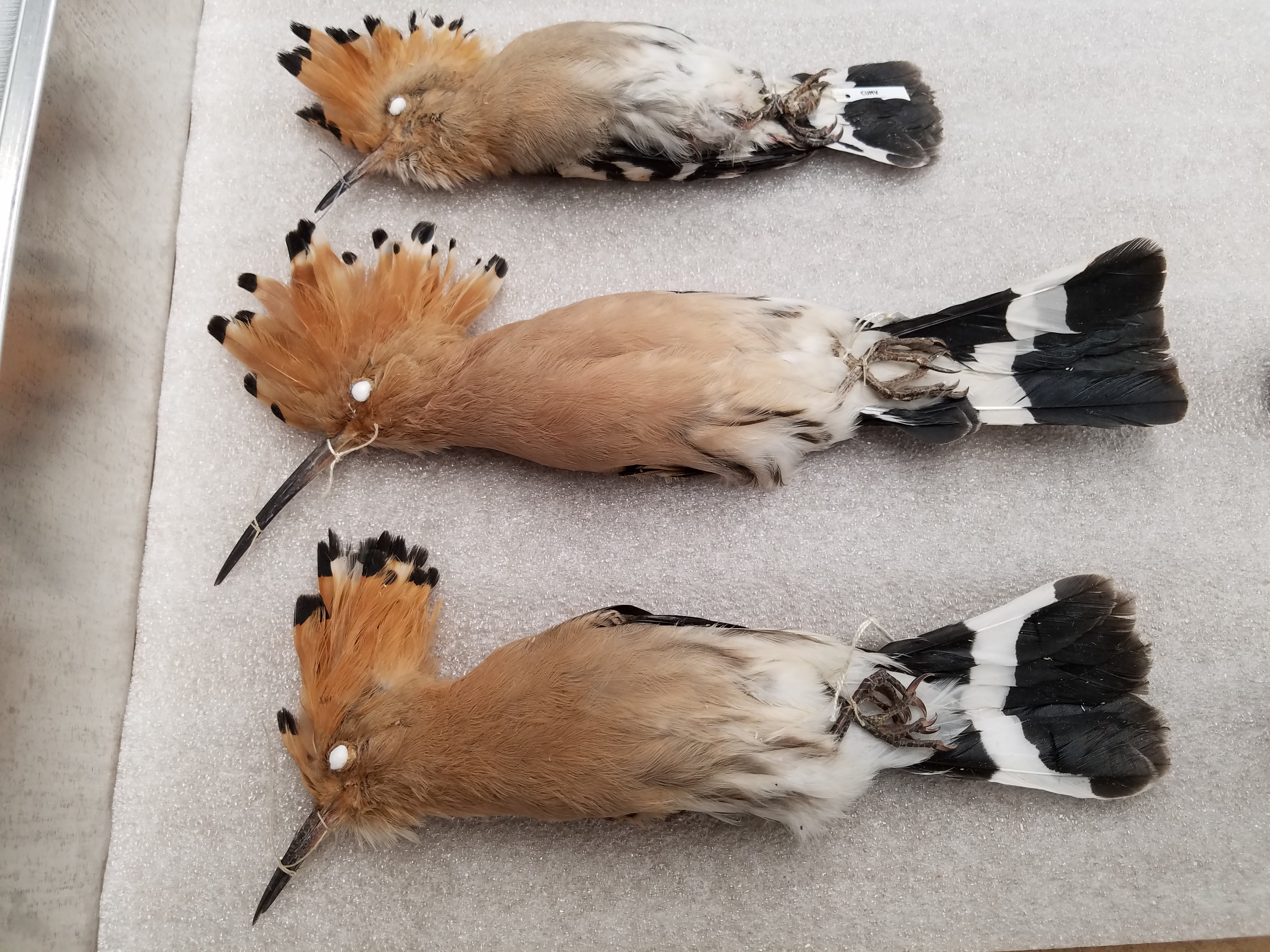
Additions to Natural History Collections Declining
A new study from the Cornell University Museum of Vertebrates reveals that new additions of vertebrate specimens to natural history collections are declining precipitously. The authors suggest that it is vital to maintain collecting efforts in order to address future unforeseen ecological issues.
Now for the First Time, See How Many Migratory Birds Are Passing Over Your County
The BirdCast program at the Cornell Lab of Ornithology is exploring these unseen movements of bird migration with its new Migration Dashboard. The Dashboard reveals bird migration in localized detail previously unavailable to the general public.
Help Birds From the Comfort of Home With FeederWatch
Many people have turned to Project FeederWatch as an antidote to troubling times and long winter months. FeederWatch data are used to detect shifts in the numbers and distributions of winter birds in the United States and Canada. The 35th season of FeederWatch begins Saturday, November 13.
Some Hummingbird Females Look Like Males to Evade Harassment
New research on the glittering White-necked Jacobin hummingbird reveals nearly 20% of the species’ adult females have male-like plumage. This strategy is all about dodging bullies and getting better access to food.
How Sweet It Is: Study Finds Songbirds CAN Taste Sugar
A team of international scientists finds that more than 4,000 species of songbirds can taste sugar–contrary to conventional thought.
What Bird is Singing? Ask the Merlin Bird ID App for an Instant Answer
With a new feature in the free Merlin Bird ID app from the Cornell Lab of Ornithology, you can now ID a bird by its sound.
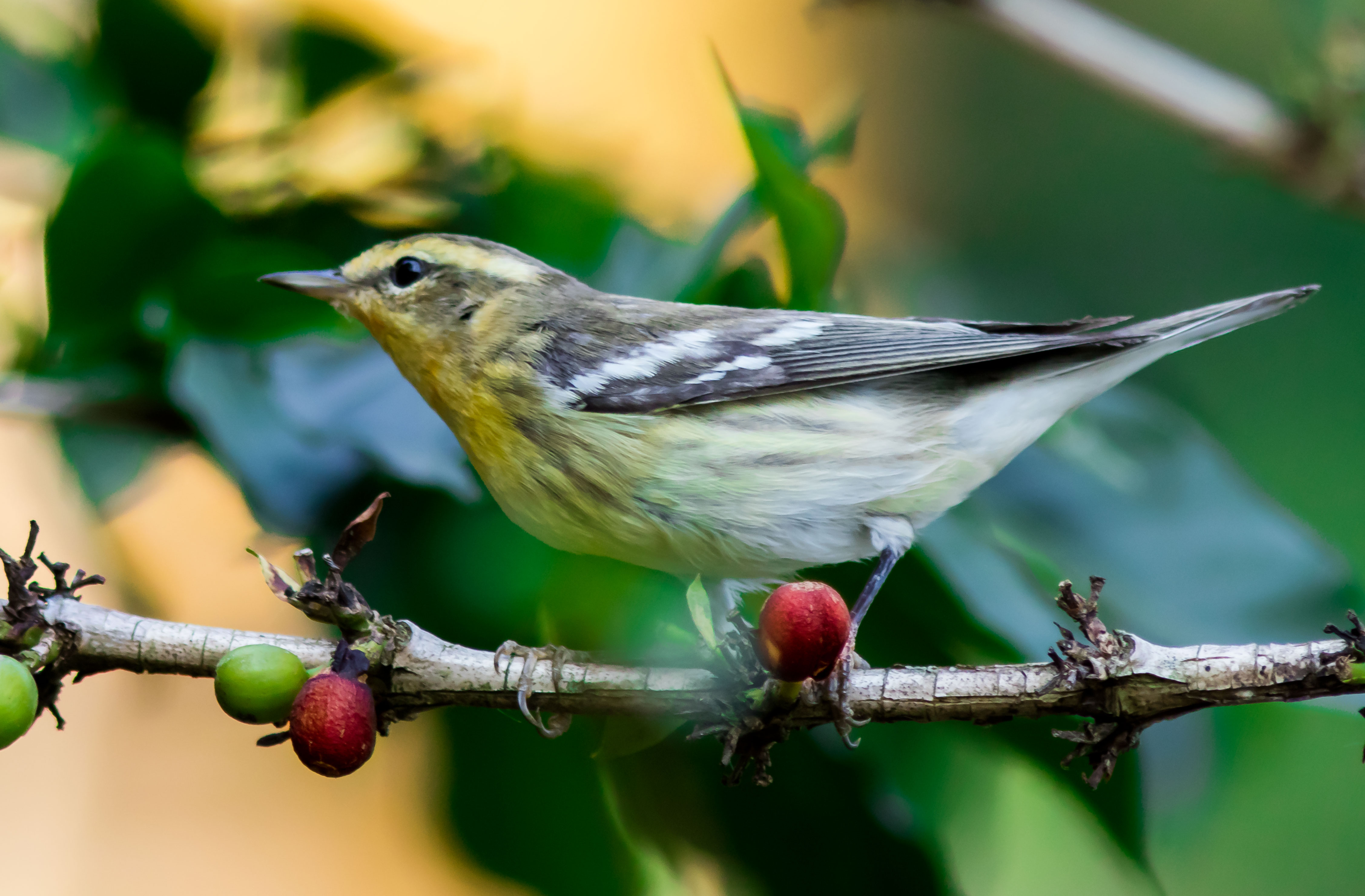
Shade-Grown Coffee Could Help Save Birds, If Only People Knew About It
The message about the bird-conservation benefits of shade-grown coffee may not be getting through to the people most likely to respond—birdwatchers. A team of researchers from the Cornell Lab of Ornithology and Virginia Tech surveyed birdwatchers to learn if they…
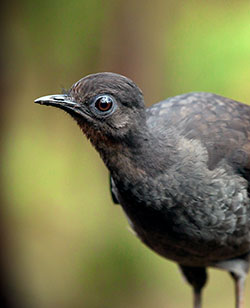
Male Lyrebirds Create an “Acoustic Illusion” to Snare Potential Mates
Famous for their uncanny ability to imitate other birds and even mechanical devices, researchers find that Australia’s Superb Lyrebird also uses that skill in a totally unexpected way. Lyrebirds imitate the panicked alarm calls of a mixed-species flock of birds while males are courting and even while mating with a female.
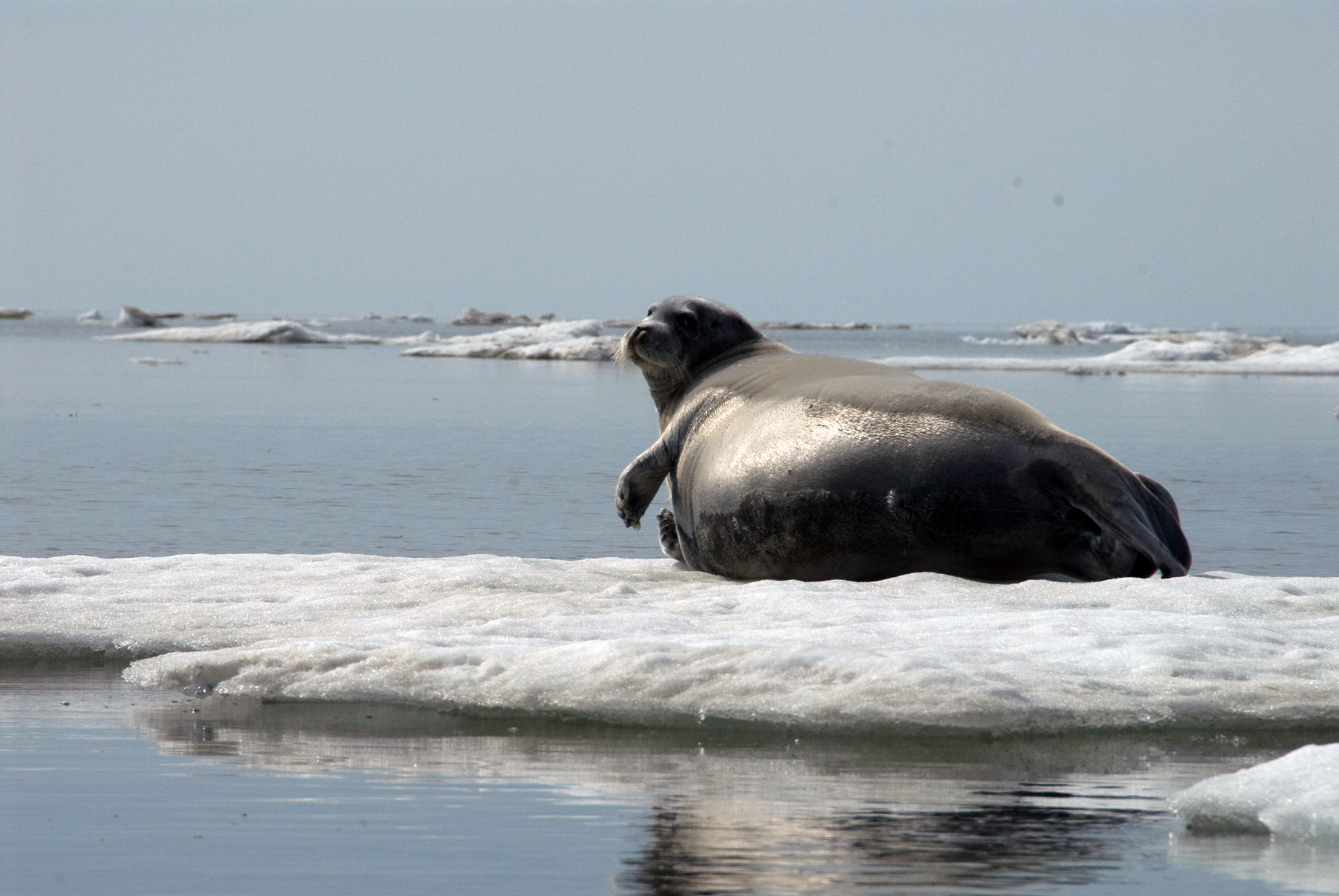
Bearded Seals Are Loud—But Not Loud Enough
A study conducted by the Cornell Lab of Ornithology’s Center for Conservation Bioacoustics aims to understand how resilient bearded seals can be to changes in ambient underwater noise.
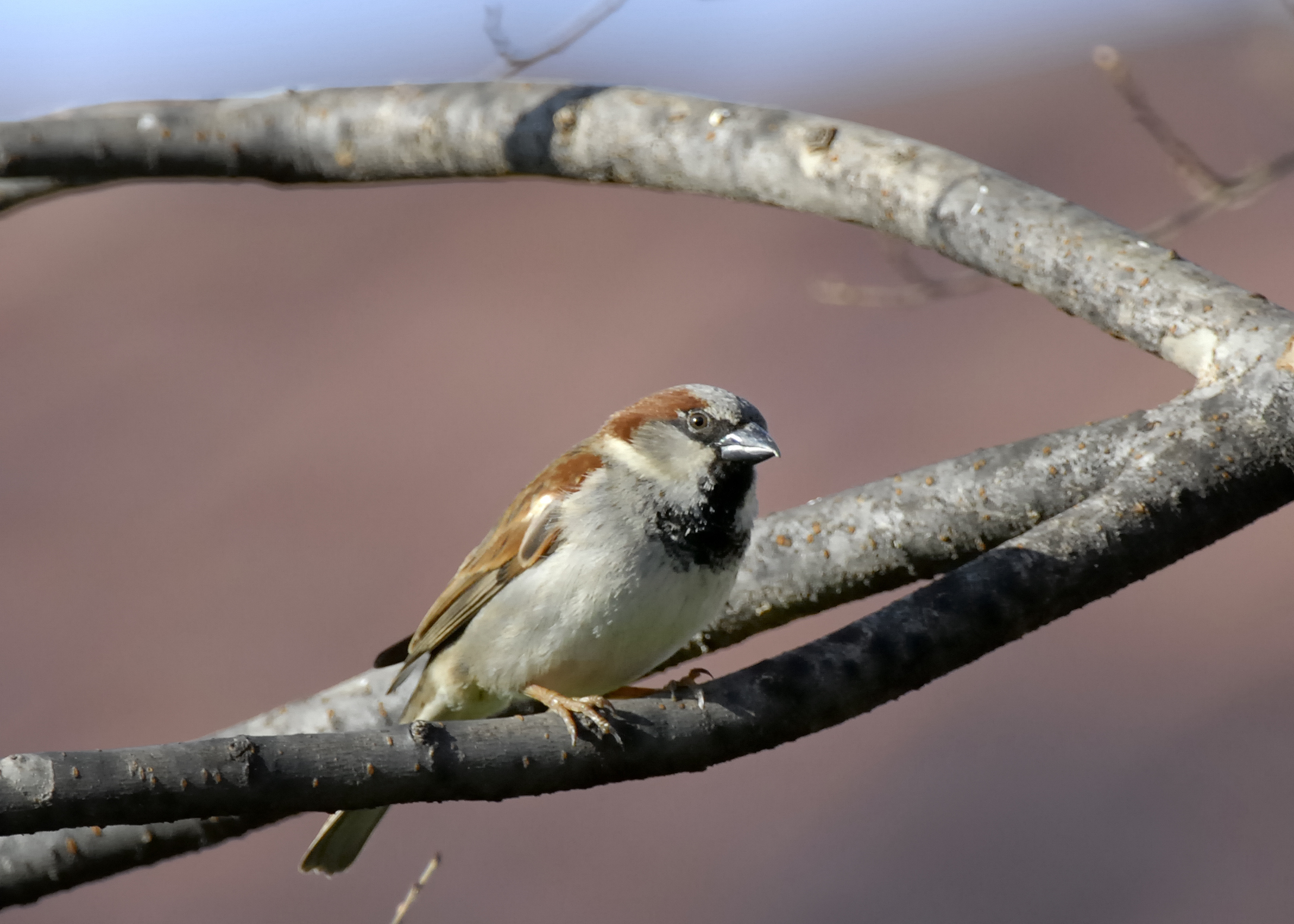
Study Finds Even the Common House Sparrow is Declining
A new study by Cornell Lab of Ornithology scientists aims to clarify the status of the non-native European House Sparrow, using 21 years of citizen science data from the Cornell Lab’s Project FeederWatch.
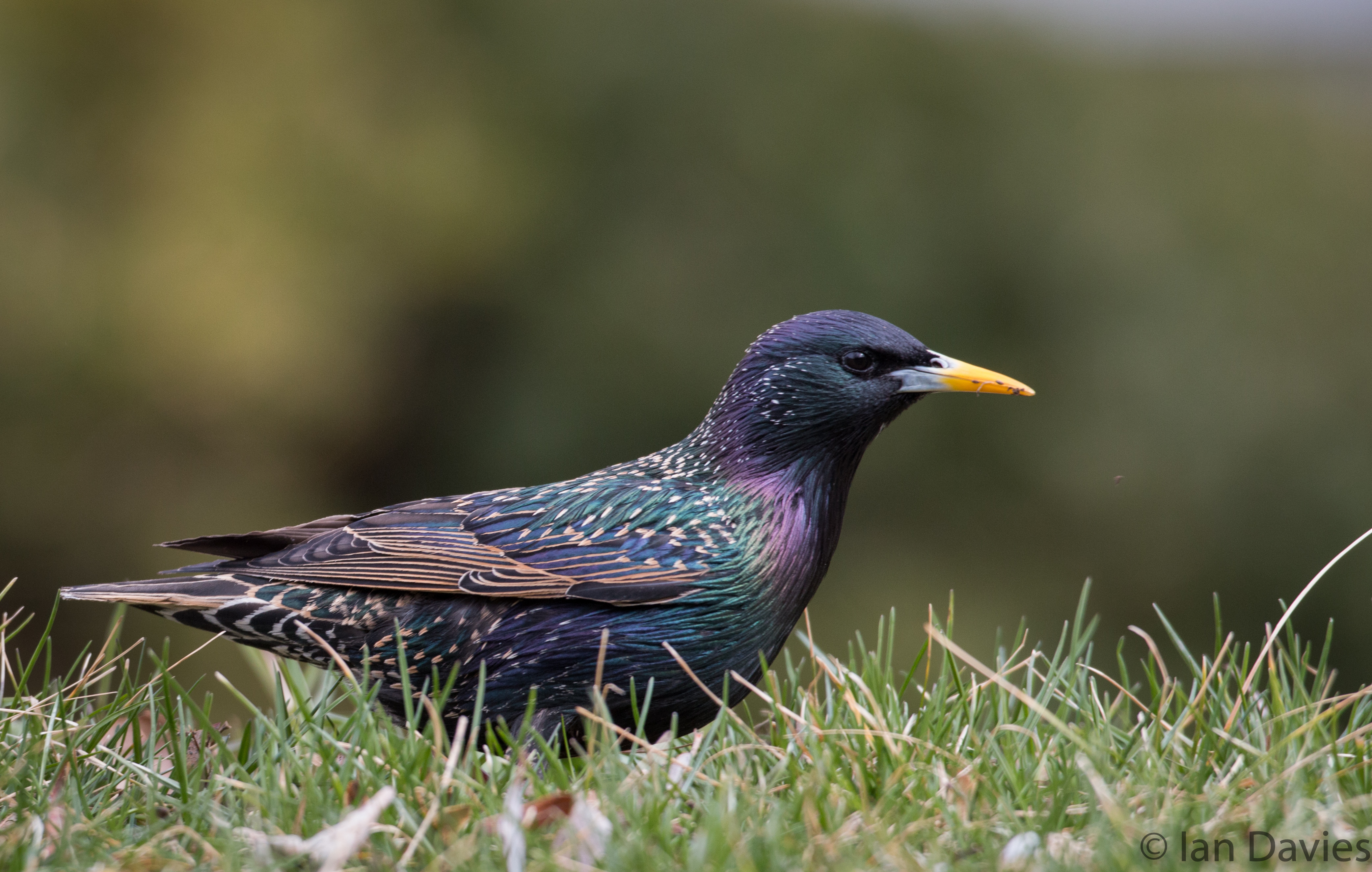
Starling Success Traced to Rapid Adaptation
Love them or hate them, there’s no doubt the European Starling is a wildly successful bird. A new study from the Cornell Lab of Ornithology examines this non-native species from the inside out to learn what exactly happened at the genetic level as the starling population exploded and spread all across North America?
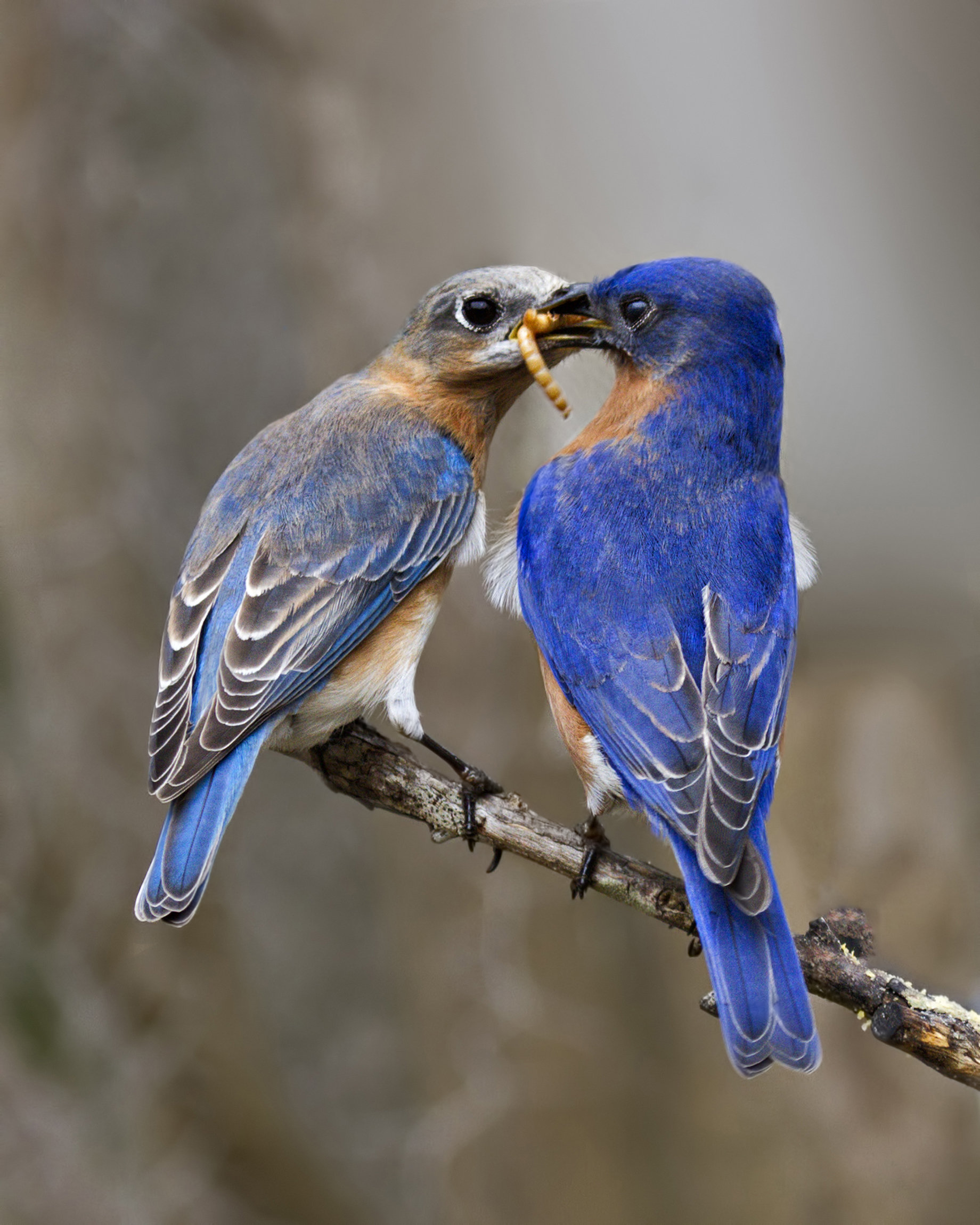
Study Examines Attitudes Toward Non-Native Birds
A new study from scientists at the Cornell Lab of Ornithology examines public attitudes toward non-native bird species and whether people are willing to manage them to protect native cavity-nesting birds, such as Eastern Bluebirds and the American Kestrel. The findings are published in the Journal of Environmental Management.

Study: Clean Air Act Saved 1.5 Billion Birds
U.S. pollution regulations meant to protect humans from dirty air are also saving birds. So concludes a new continentwide study published today in The Proceedings of the National Academy of Sciences. Study authors found that improved air quality under a federal program to reduce ozone pollution may have averted the loss of 1.5 billion birds during the past 40 years.
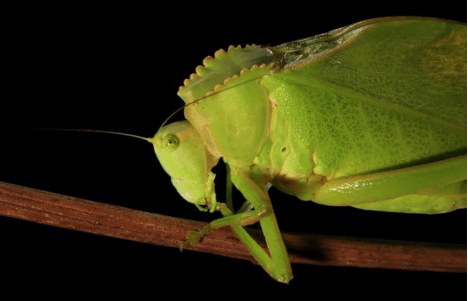
What Did the Katydids Do When Picking Up Bat Sounds?
Ecosystems can be incredibly complex, with many interacting species. In many habitats, predators shape they behavior of prey and prey shape the behavior of predators. This paper provides a detailed look at the predator-prey relationship between bats and katydids, a group of insects related to crickets and grasshoppers.
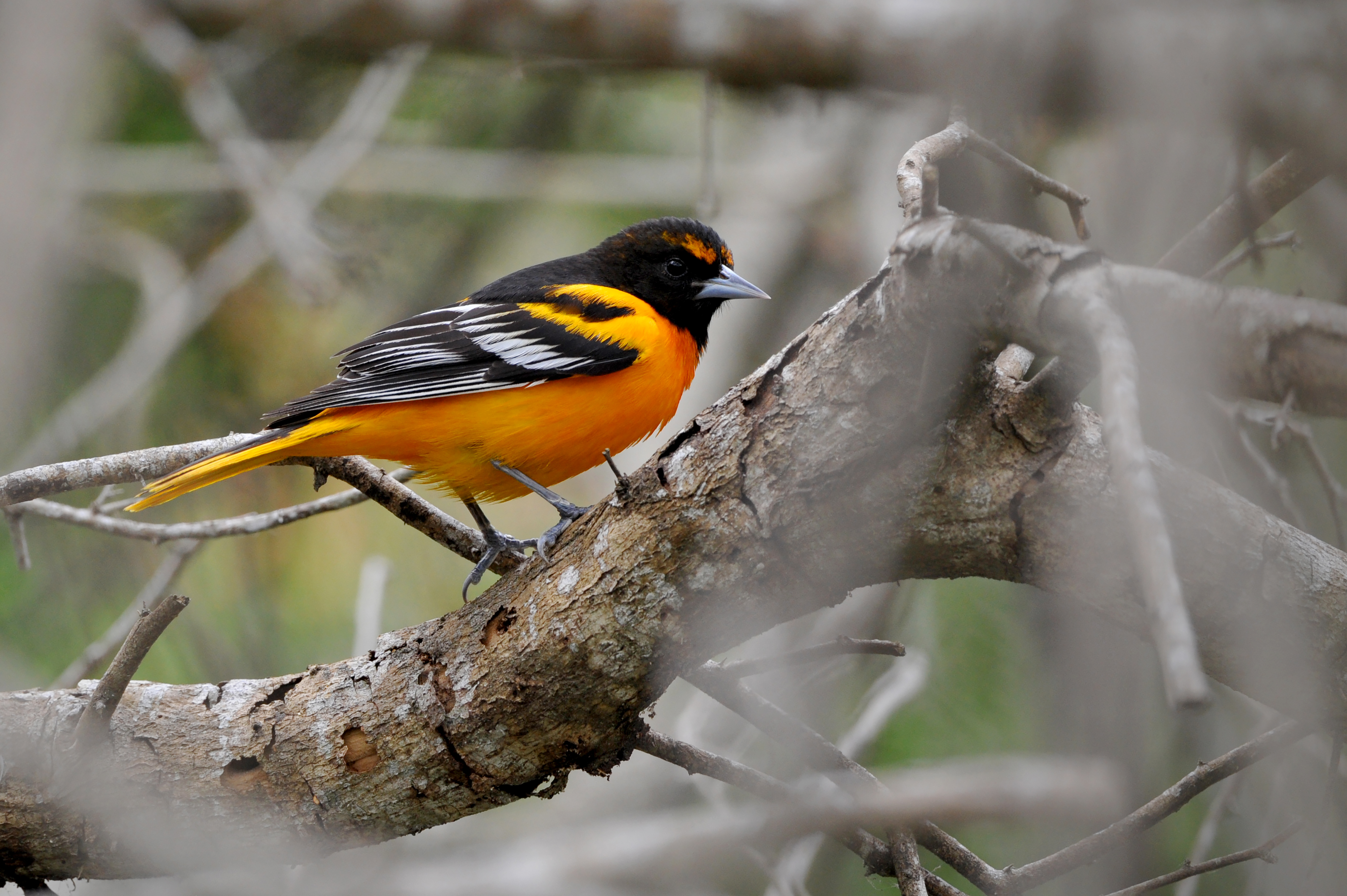
Study: Oriole Hybridization Is a Dead End
A half-century of controversy over two popular bird species may have finally come to an end. In one corner: the Bullock’s Oriole, found in the western half of North America. In the other corner: the Baltimore Oriole, breeding in the eastern half. Where their ranges meet in the Great Plains, the two mix freely and produce apparently healthy hybrid offspring. But according to scientists from the Cornell Lab of Ornithology, hybridization is a dead end and both parent species will remain separate.

2020 Jansky Lectureship Awarded to University of Cornell Professor Martha P. Haynes
AUI and the NRAO have awarded the 2020 Karl G. Jansky Lectureship to Dr. Martha P. Haynes, Goldwin Smith Professor of Astronomy at Cornell University.
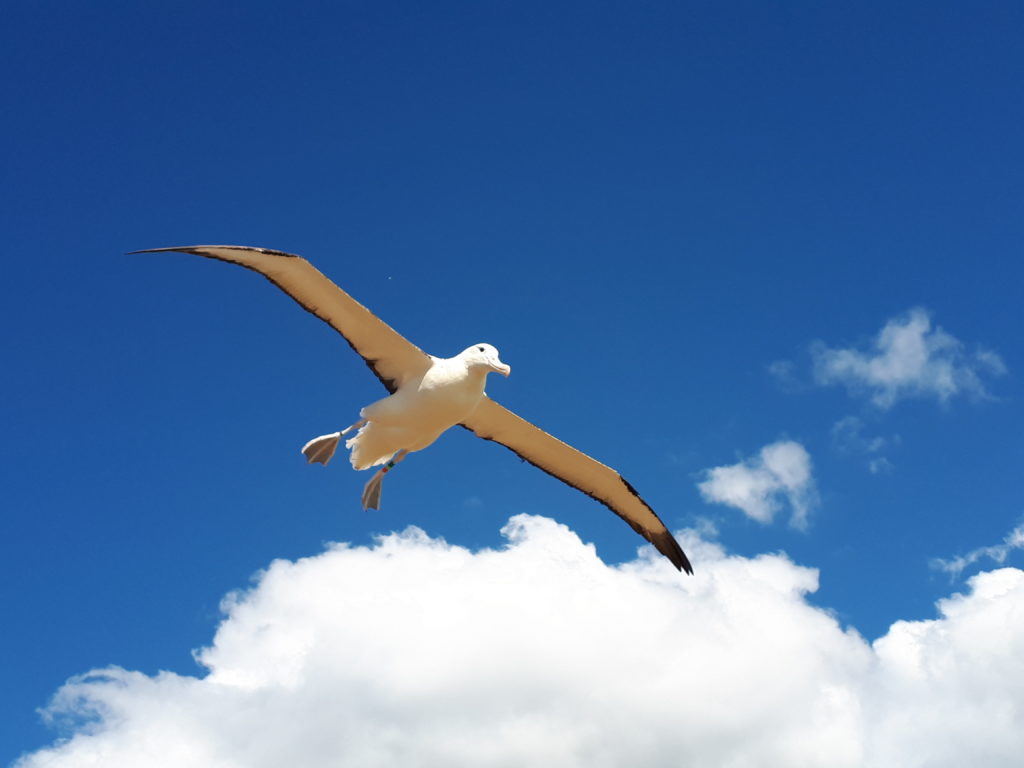
Watch on Live Camera As a Baby Albatross Grows Up
Millions of people from around the world can now witness a rare sight in real time: a Northern Royal Albatross pair nesting and raising their chick. The live views originate from a coastal albatross colony in Otago, on South Island, New Zealand, and are made possible by a new partnership between the country’s Department of Conservation (DOC) and the Cornell Lab of Ornithology.
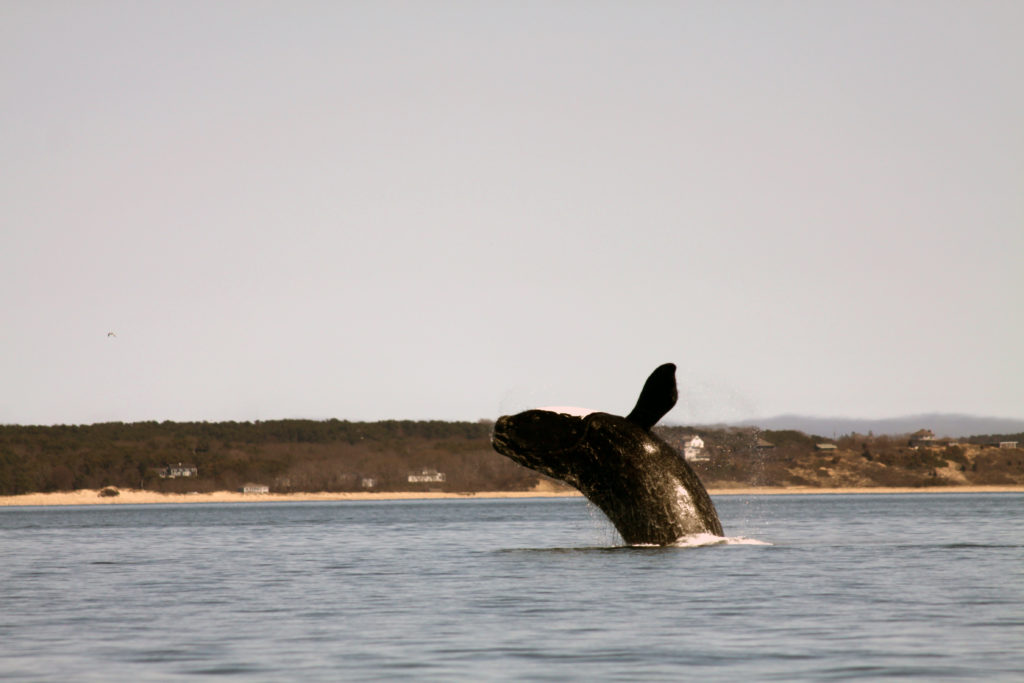
Endangered Whales React to Environmental Changes
The highly endangered North Atlantic right whale is rapidly altering its use of important habitat areas off the New England coast, signaling disruptive changes in the marine environment.

Enter the BirdSpotter Photo Contest
Calling all shutterbug bird lovers: The BirdSpotter Photo Contest is back—always a popular feature of the Cornell Lab of Ornithology’s Project FeederWatch. The contest runs through March 12, with many great prizes available for biweekly winners and final Grand Prize winners. The contest is sponsored by Wild Birds Unlimited.